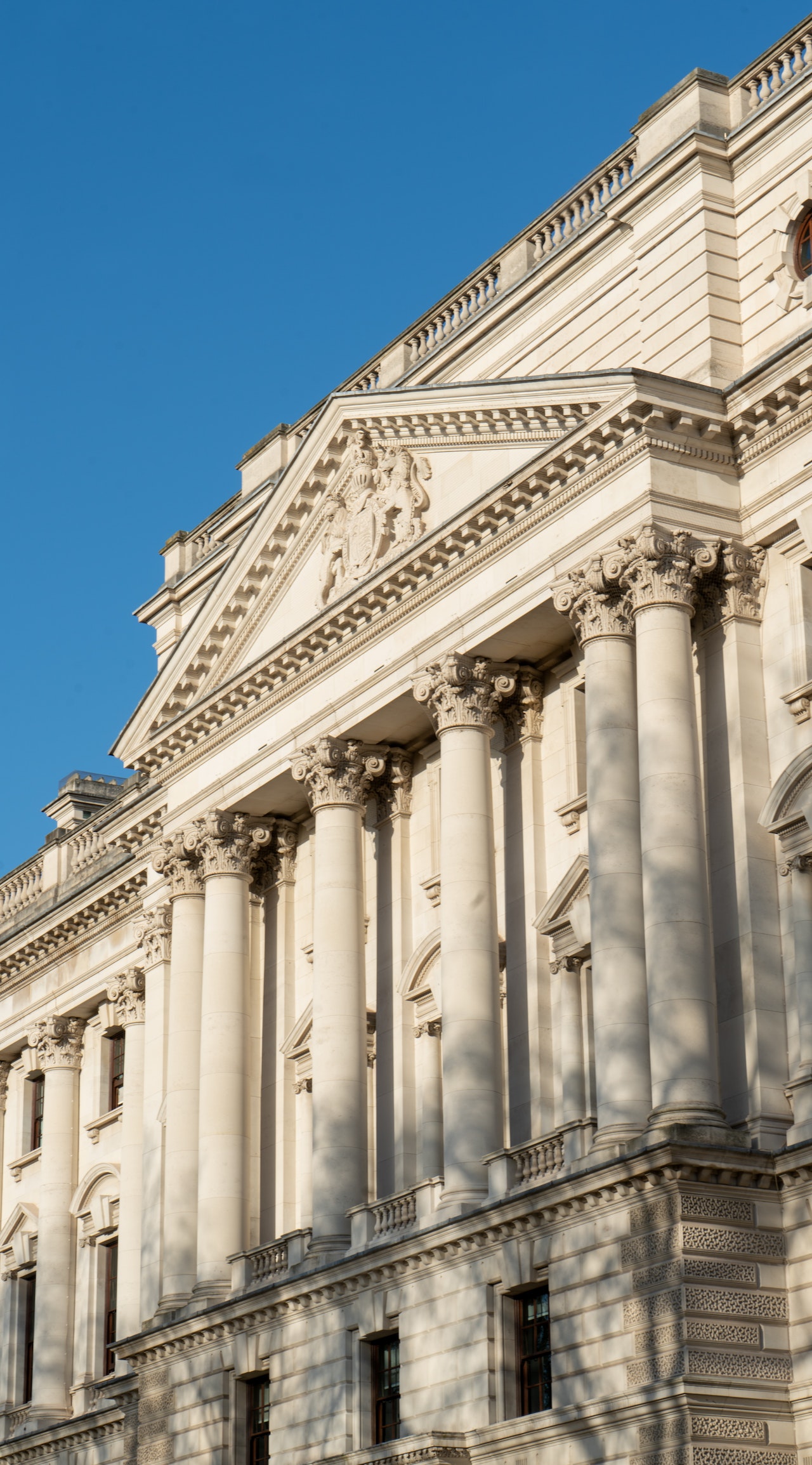The bond market experienced a rapid selloff on Friday, driven by robust job growth in the United States, which exceeded expectations for the month of September. This surge in employment has pushed 10- and 30-year Treasury yields to their highest levels since 2007, leading traders to increase the likelihood of another interest-rate hike by the Federal Reserve.
The latest employment data demonstrates the remarkable resilience of the US economy in the face of the central bank’s aggressive monetary policy tightening. Employers created twice as many jobs last month as economists had predicted, further bolstering confidence in the nation’s economic stability.
The release of these impressive figures sent shockwaves across the bond market, causing Treasury yields to surge across various maturities. Thirty-year bond yields rose by as much as 16 basis points to reach 5.05%, although they later moderated. In response to the data, futures traders now estimate a probability of over 50% that the Federal Reserve will implement a quarter percentage point increase in its benchmark rate during the December meeting.
Gregory Faranello, the head of US rates trading and strategy at AmeriVet Securities, emphasized the interconnectedness of the job market and Federal Reserve decisions, stating, “As the employment market goes, so too the Fed. It keeps that additional rate hike for 2023 well in play.”
This sharp selloff extends the tumultuous week experienced in the bond market, impacting stock prices and raising concerns about the potential slowdown of the economy due to increased loan costs. The 10-year Treasury yield, a critical benchmark, has surged by more than a quarter percentage point this week, marking its most significant weekly increase since December, and currently stands at 4.83%.
Alan Ruskin, the chief international strategist at Deutsche Bank, believes that the strong payroll figures heighten the risk of further yield increases. “It is inevitable that the market is going to further think in terms of a 5% 10-year yield given the proximity to this level already,” Ruskin said. “All one sees here is a very steady strength.”
The selloff primarily affected longer-dated bonds, which had been holding significantly below short-term rates for most of the year, based on speculation that an economic slowdown would lead to a Fed policy reversal. However, the market has gradually priced out this inversion as longer rates continue to rise, with 30-year yields now only around 10 basis points below those on two-year Treasuries.
This shift has been propelled by a hawkish Fed outlook, which indicates that elevated rate policies will persist well into 2024. Additionally, concerns over US federal-government spending have driven the Treasury to increase its debt supply in the coming quarters, further influencing the bond market.
Swap contracts referencing the December Fed meeting indicate expectations of 14 basis points of tightening beyond the current effective fed funds rate of 5.33%. This implies a likelihood of around 55% that the US central bank will raise its policy rate to a range of 5.5% to 5.75% at their final meeting of the year.
In conclusion, the recent bond market selloff underscores the pivotal role of economic data and Federal Reserve decisions in shaping the trajectory of interest rates and financial markets.
Source: Bloomberg



